Want to take a ride in the North? Let yourself be charmed by its landscape marked by the air of time and visit the Hauts-de-France and its must-sees!
Visiting the Hauts-de-France is also going back to its roots. The region draws its origins from the Francs, the Romans and the Germains. This fusion of cultures gives wealth to its heritage. But this territory was also an industrial home for France during the twentieth century. Therefore, its landscape is a witness to the evolution of French history.
Today, the region draws from its glorious heritage a selection of monuments and sites at the crossroads of the Middle Ages and the industrial revolution. Between cathedrals, belfries, mining sites and green landscapes, here are 18 things to visit in the Hauts-de-France.
What to do in August in Hauts-de-France?
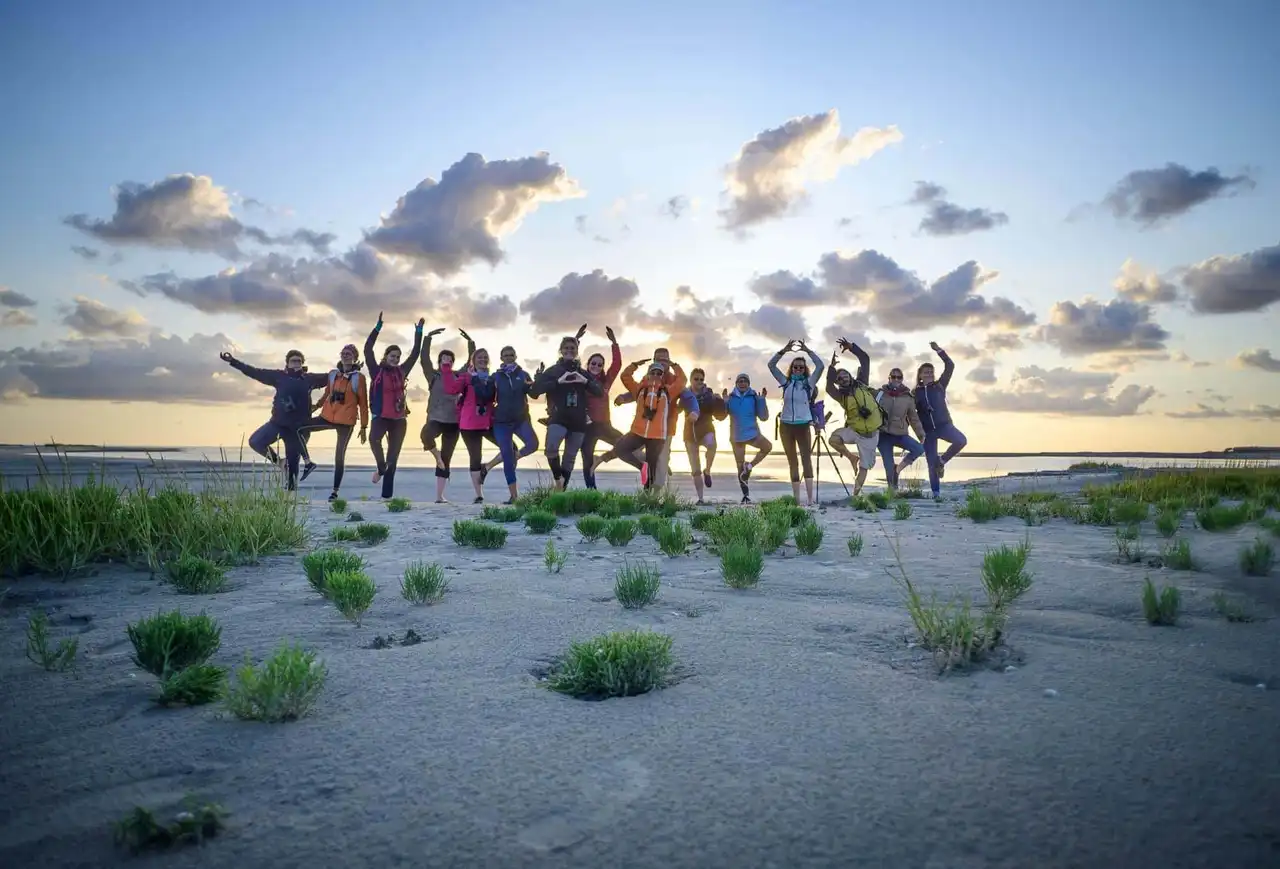
Photo credit: @CRT Hauts-de-France/Nicolas Bryant
More than 10,000 km of hiking trails and as many bike routes and green trails: the escape is easy, just a step and highly resurgent in Upper France!
This month we devour you a very practical agenda to (re)discover the "right next to" with another look!
On the programme, ideas for events and getaways to be shared with children or your tribe of friends to tighten links: VIP tours, immersive exhibitions at the museum, unpublished walks in paddles, shows (concert, theatre in the garden), gourmet or creative workshops...
These are also visits that come out of the ordinary by the added value of the time of the day (tonics on the beach, sophrology and sound bath in the sunset, visit of underground or ramparts at night...) or by the proposed accompaniment (natural experts, loufoque guide, costume visit...).
Every week, find out where and when to schedule your next refreshing and resurgent getaway in Hauts-de-France. There must be one near you; Let yourself be surprised!
Find the agenda on the Tourism website in Hauts-de-France.
1. Notre-Dame d’Amiens Cathedral
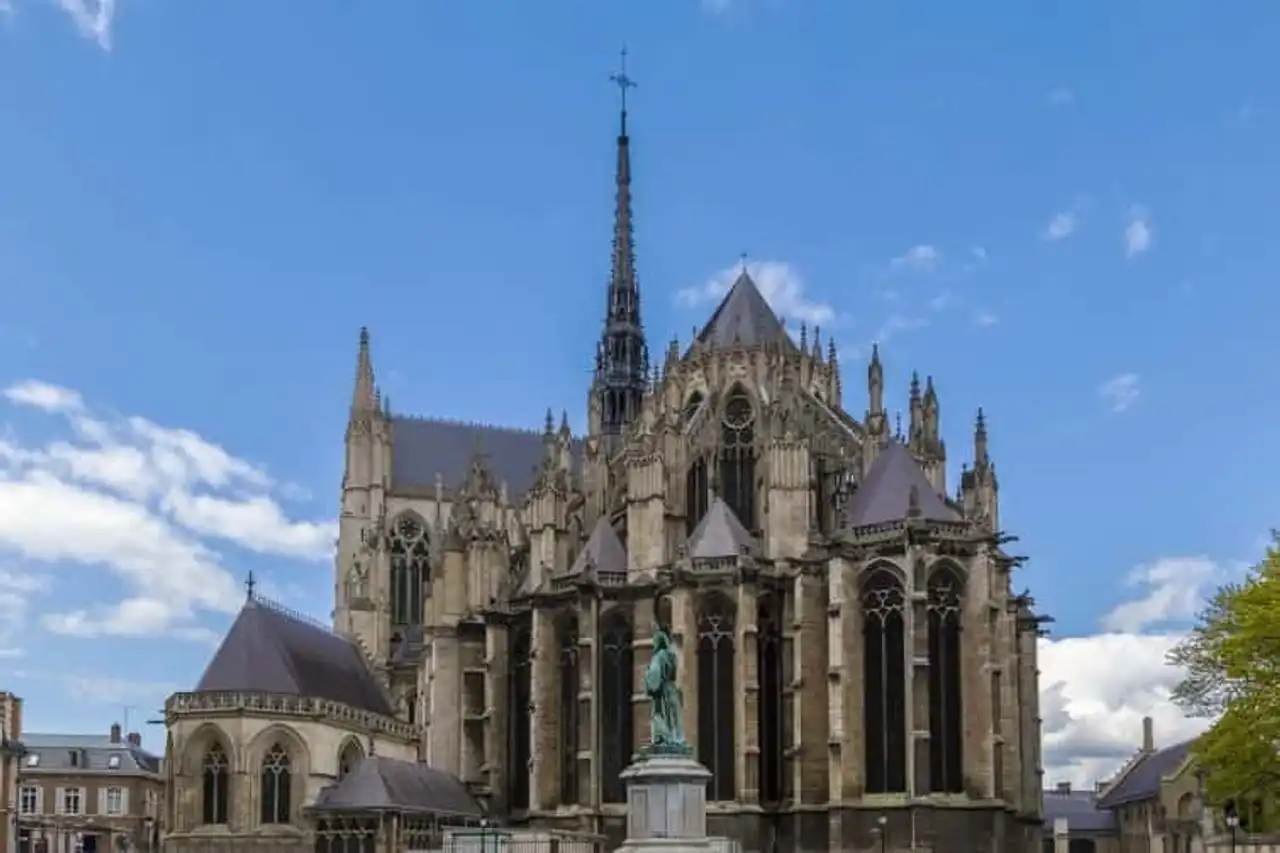
Photo credit: Shutterstock – Borisb17
Let’s start our tour with a monument of Gothic architecture. Notre-Dame d’Amiens is a must-see if you want to visit the Hauts-de-France. Built 800 years ago, it has been registered since 1981 to the world heritage of the Unsco .
This elegant building is the work of thousands of men and trades, working hand in hand. Its structure defies gravity, a demeasure it shares with the other 80 cathedrals present in the Hauts-de-France. Once able to host the entirety of the Amiénois, the building now houses 55 million tourists per year.
2. The belfry of Calais
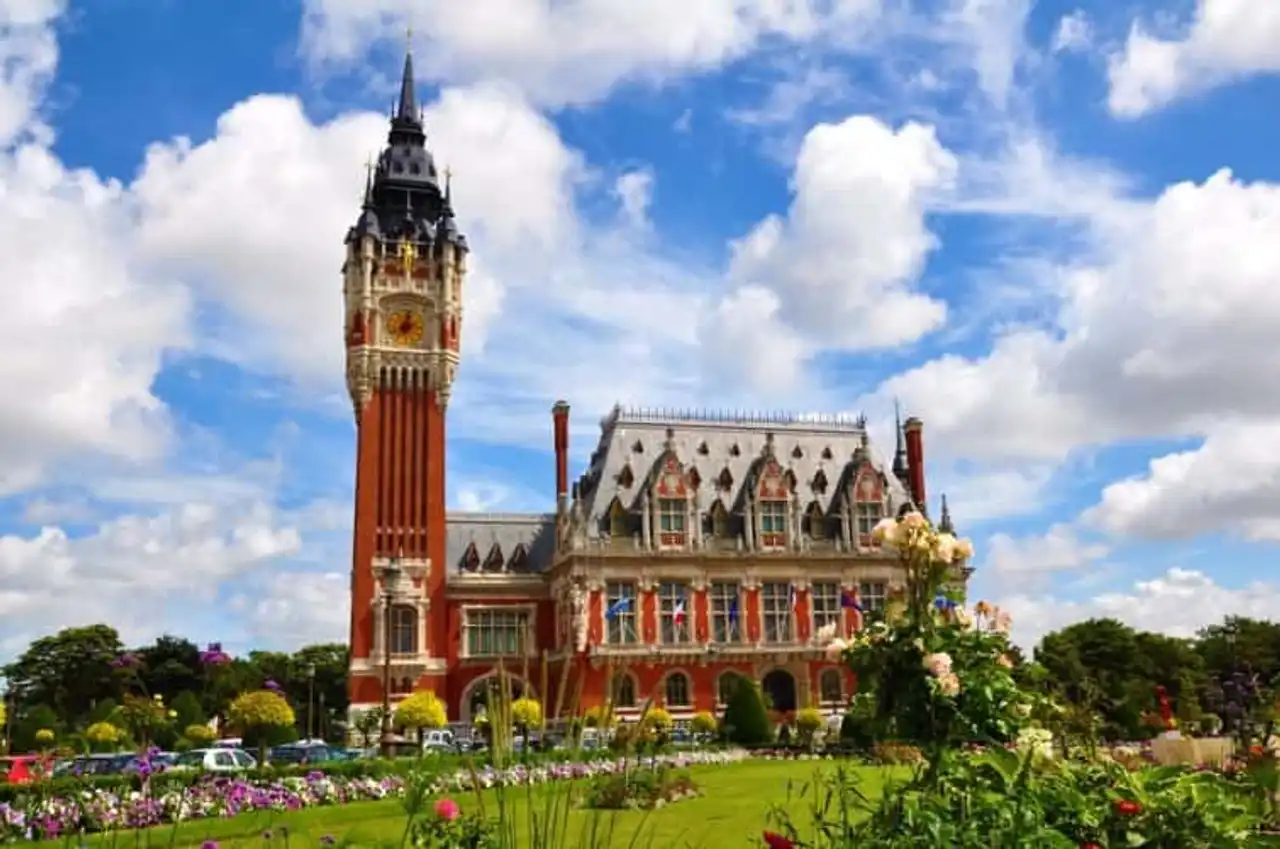
Photo credit: Shutterstock – A_Lein
The town hall of Calais draws the eye by its colourful neo-Flemish architecture. In 1911, architect Louis Debrouwer began construction under the plans of the late Ernest Decroix. He decided during the process to add a belfry to the structure. This addition stands today as the flagship symbol of the building.
With a height of 75 metres, the belfry of Calais has several roles in the city. She acts as a sentinel, as a watch tower. It is also used as a metronome, with its four- dial clock and mechanical carillon that rhythms life in the city. You will thus have the opportunity to visit the monument or walk in the green courtyard of the city hotel.
3. Compiègne
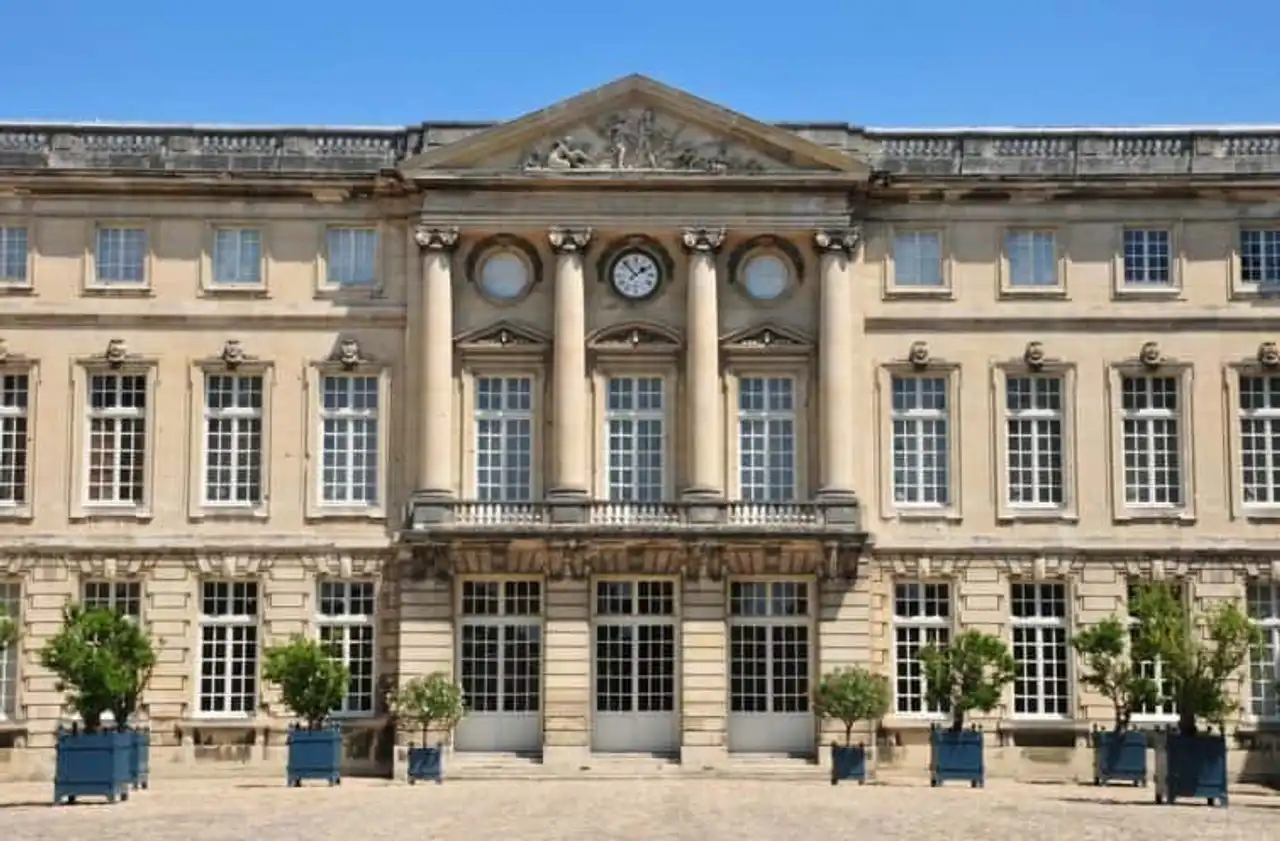
Photo credit: Shutterstock – Pack-Shot
Next step, Compiègne! This city rich in monuments, museums and tourist sites is a must to visit the Hauts-de-France. The city hosted a large number of royal dynasties, from Merovians to Bourbons. Therefore, its heritage retains the memory of monarchies that constitute a large part of French history.
Take a tour of the castle of Compiègne, residence of Clovis and Napoleon III. Discover the history of the city and the region with the Musée Antoine Vivenel. Or be a witness to the industrialization of the region with the sugar factory of Francières.
4. Lille
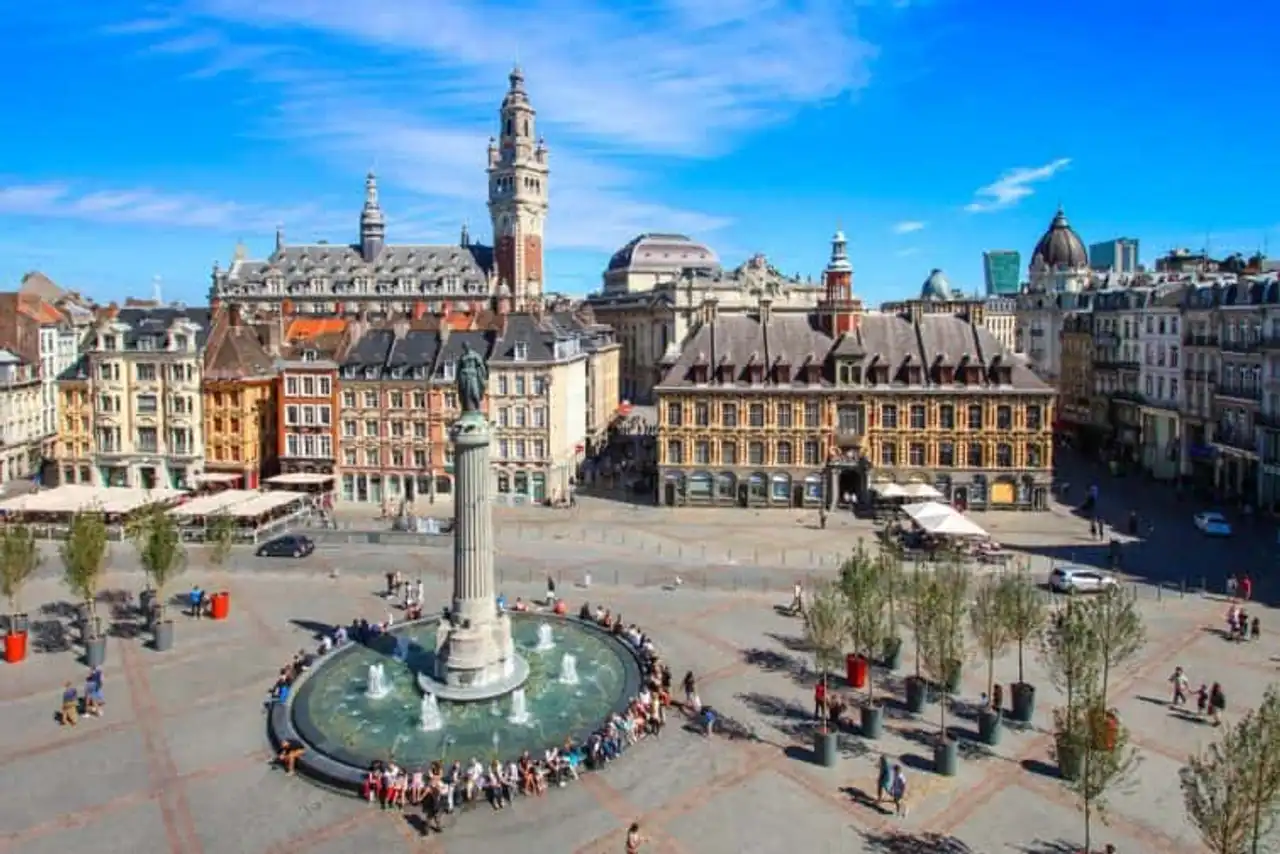
Photo credit: Shutterstock – MisterStock
It is inconceivable to visit the Hauts-de-France without a tour in the Flanders Capital . Lille is the effigy of the temporal diversity of the region. It is a city marked by the meanders of the Middle Ages and the Hundred Years War and the industrial revolution.
La Grand’Place, la Vieille Bourse, l’Hospice Comtesse, le Palais des Beaux Arts or its local specialties; Lille deserves its own list of incontournables . Speaking of specialties...
5. The gastronomy of the Hauts-de-France

Photo credit: Shutterstock -Bastiaanimage Stock
Take a break and learn to know local treats! The Hauts-de-France offers a variety of salty and sweet dishes to awaken your taste buds:
- The fries : an emblematic dish of the Braderie de Lille, this specialty was born in the 17th century in Namur, Belgium.
- The picard string : a crêpe garnished with ham, mushroom of Paris, shallots, cream and white wine and gratined in the oven, coming straight from Picardia.
- Flemish carbonade : native to French and Belgian Flanders, this variation of burgundy beef cooks with beer and beef and eats with fries and spice bread.
- Champagne : Originally non-effervescent, Champagne wine is consumed since Antiquity and is the symbol of festivities or friendship according to Honoré de Balzac.
- The fools of Cambrai : a product signed Despinoy, these refreshing mint sweets are the result of an error of a confiser apprentice, hence the name of ♪.
6. The coast of Pale
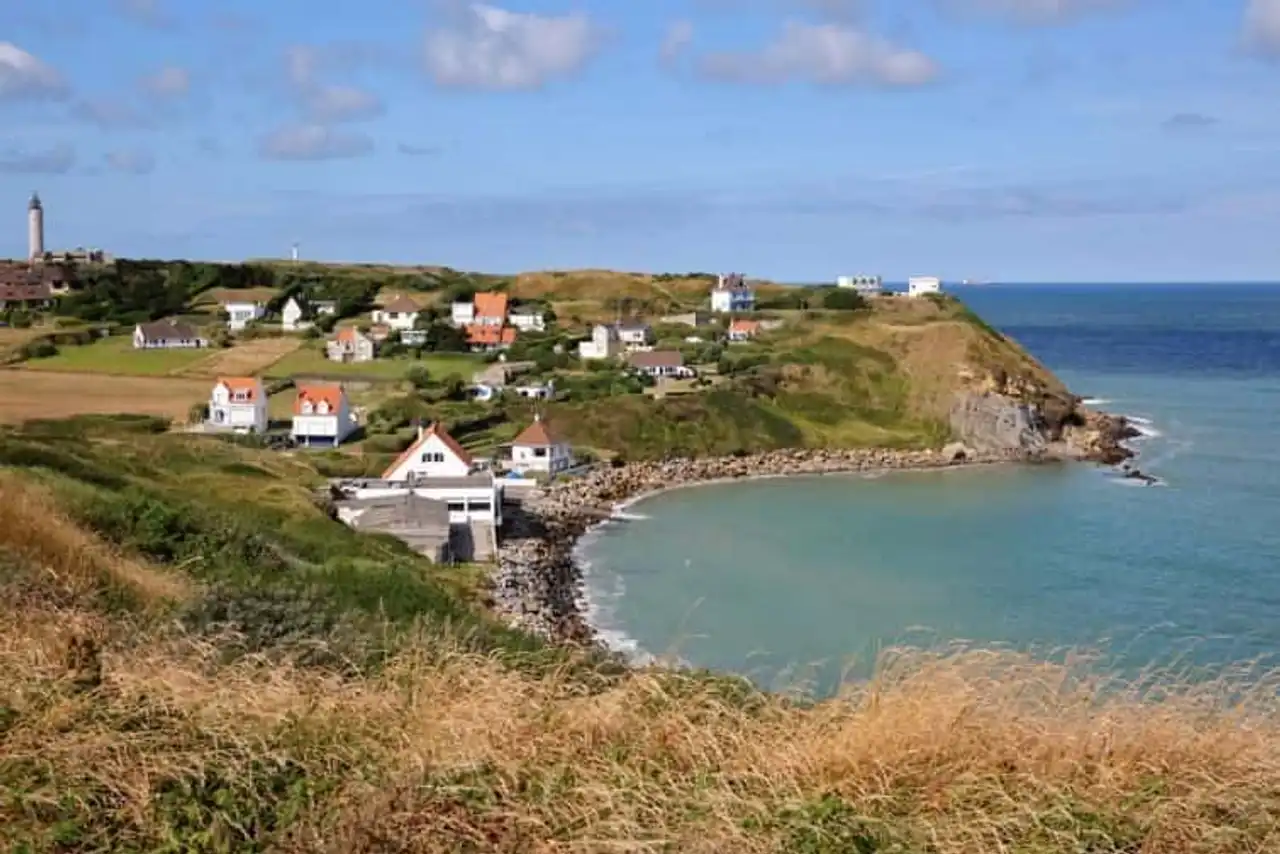
Photo credit: Shutterstock – Christophe Cappelli
The Caps Blanc-Nez and Gris-Nez, the sandy beaches, the tourist cities (Boulogne-sur-Mer, Le Portel, Samer...), the coast of Opale offers incredible landscapes to visit in the Hauts-de-France. Between hiking, coastal getaways, walking and water activities, a multitude of activities are available to you.
7. Water sports
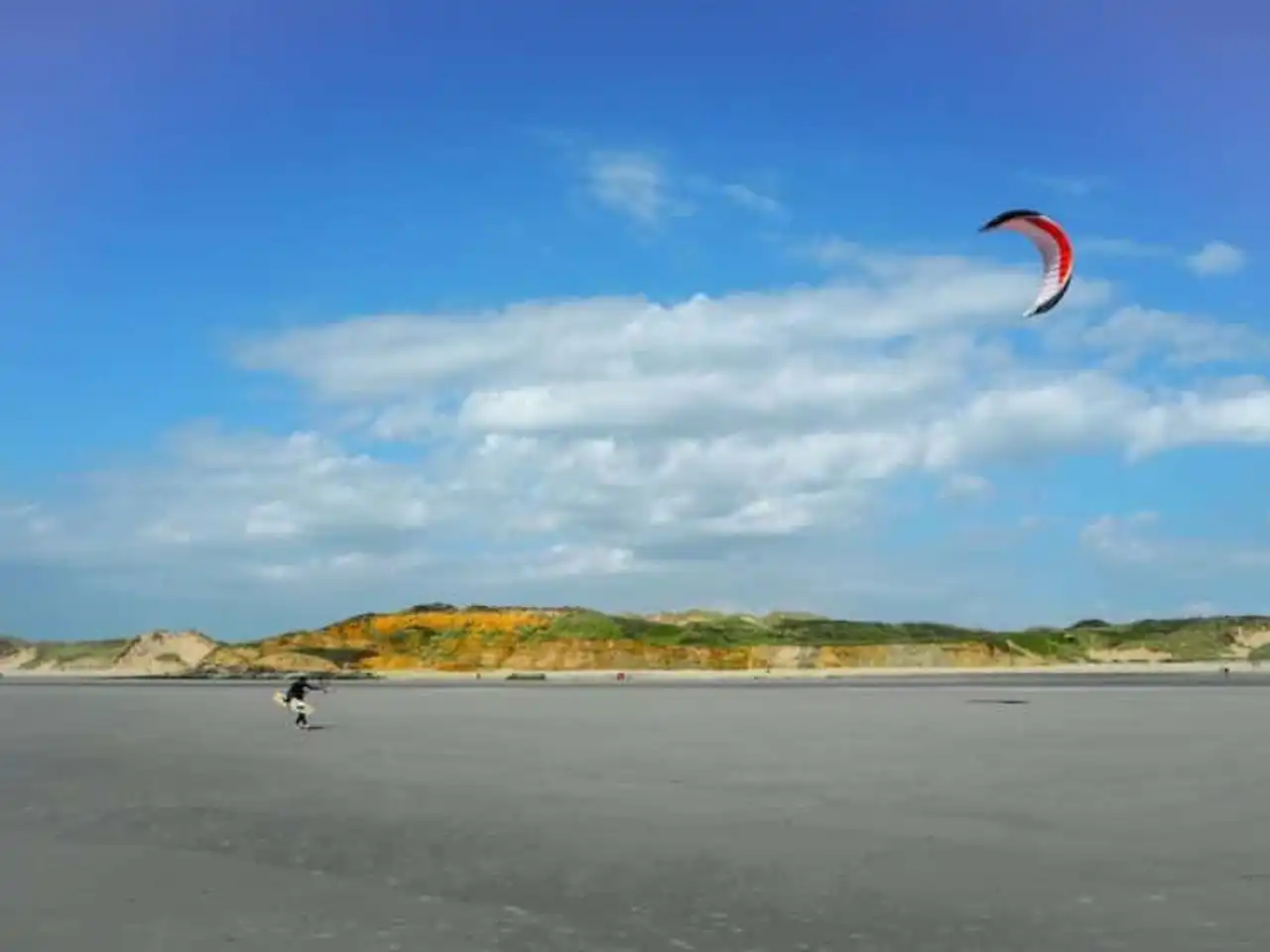
Photo credit: Shutterstock – Luoxi
The Hauts-de-France and their coastline are suitable for sporting activities in the air or at sea. Come and measure yourself at the kite-surf in Wimereux. Keep waterskiing and jet-skiing in Amiens. Or take a kayak or canoe at the Saint-Laurent-Blangy nautical base.
8. Nausicaá

Photo credit: Shutterstock – Rudi Vandeputte
In the heart of Boulogne-sur-Mer lies the National Sea Centre. Before its opening in 1991, the site was the old casino of the city. With his rehabilitation organized by Guy Lengagne, Nausicaá became the largest aquarium in Europe.
Offering nearly 1,600 different species, the centre seeks to raise awareness of international maritime life and its preservation. Its approach to teaching, playful and educational makes this place a must to visit in the Hauts-de-France.
9. The bay of Somme
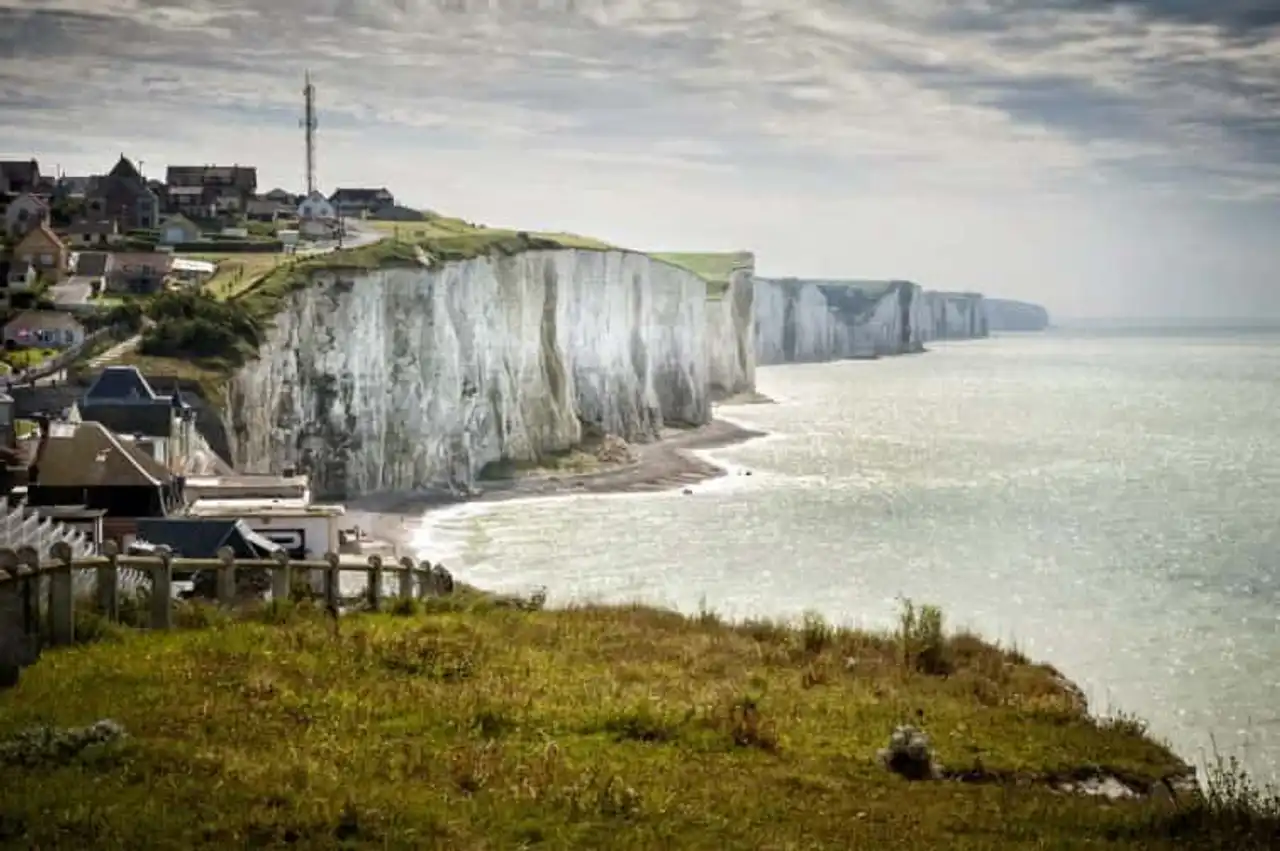
Photo credit: Shutterstock – Massimo Santi
From its past scars, the Somme is today on the side of the San Francisco and the Halong Like the most beautiful bays in the world. Here, the sky and the sea marry. The city was also the source of inspiration for many artists: Jules Verne, Alfred Manessier, Edgar Degas and Victor Hugo.
The site also owes its longevity to human respect for the ecosystem of its environment. But Somme Bay is also a land of commemoration. Cemeteries and necropolises, the Circuit du Souvenir, the Diggers ... many monuments maintain the memory of soldiers lost during the World Wars.
10. The Year of Memory
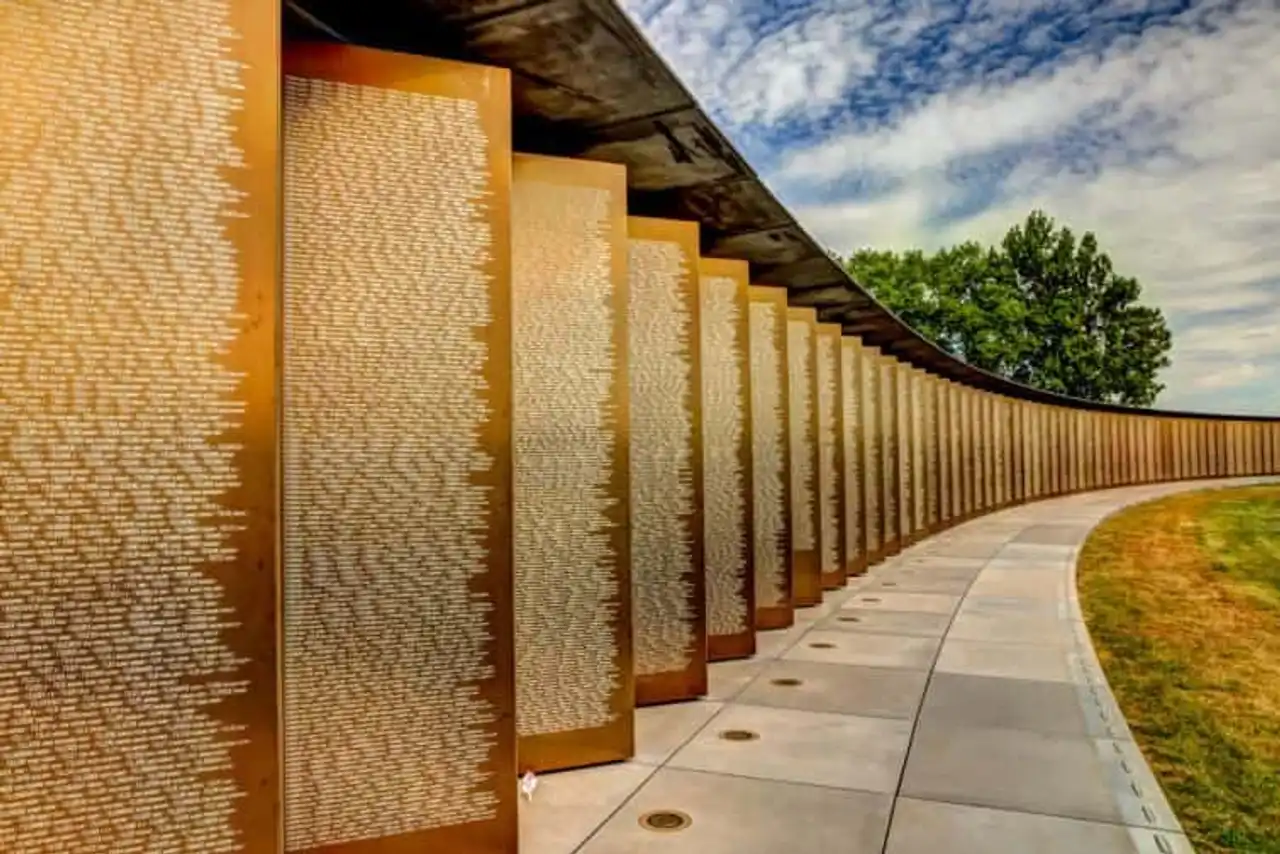
Photo credit: Shutterstock – Todamo
The Hauts-de-Terre, which was the theatre of the Middle Ages and the industrial revolution, also suffered the violence of the conflict of the two world wars. The Somme, Arras, Dunkerque; the Hauts-de-France are a reference region for the duty of Memory. One of these memorials is located close to the Basilica Notre-Dame de Lorette.
The Year of Remembrance, built in 2014, brings together the names of 580,000 soldiers who had fallen into the territory of North-Pas-De-Calais. Its creation is for architect Philippe Prost. The particularity of the structure is in its suspension in the void, in door to false on a hill. This choice recalls the fragility of peace and the ring the fraternity of soldiers during the war.
11. The Musée du Louvre-Lens
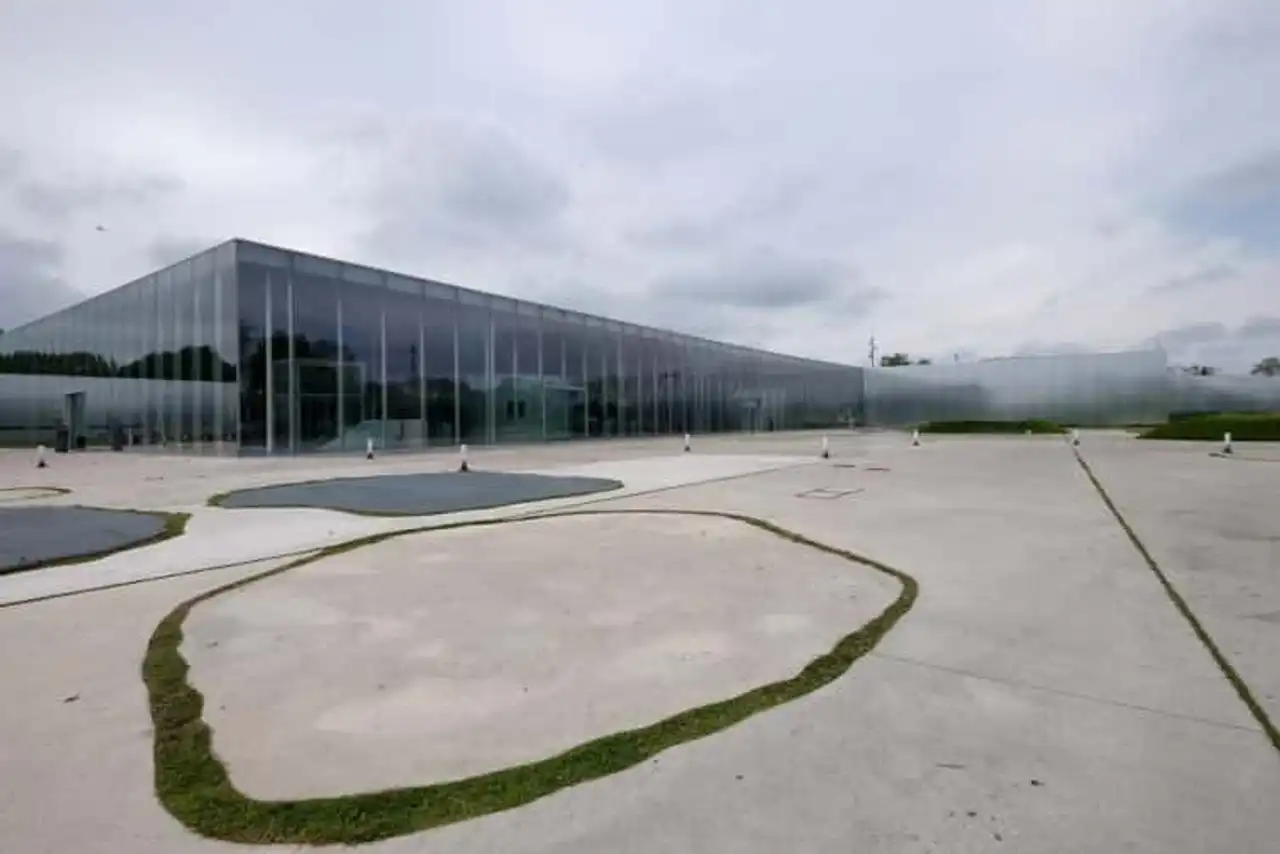
Photo credit: Shutterstock – IDN
Inaugurated in December 2012, the Musée du Louvre-Lens symbolizes the desire for a post-industrial conversion of the Hauts-de-France. Indeed, the site is located on pit 9, a former coal mine. In prey to war and mining, the region is reborn from its torment and honours its past.
The Louvre-Lens, of the same name as its Parisian twin, is the second most visited museum in the region after the Confluences à Lyon and MUCEM Marseille. The Galerie du Temps, the heart of the museum, retraces the history of art. From Mesopotamia to the industrial revolution, periods intersect in a single dance. An ideal cultural expedition if you visit the Hauts-de-France.
12. Chantilly
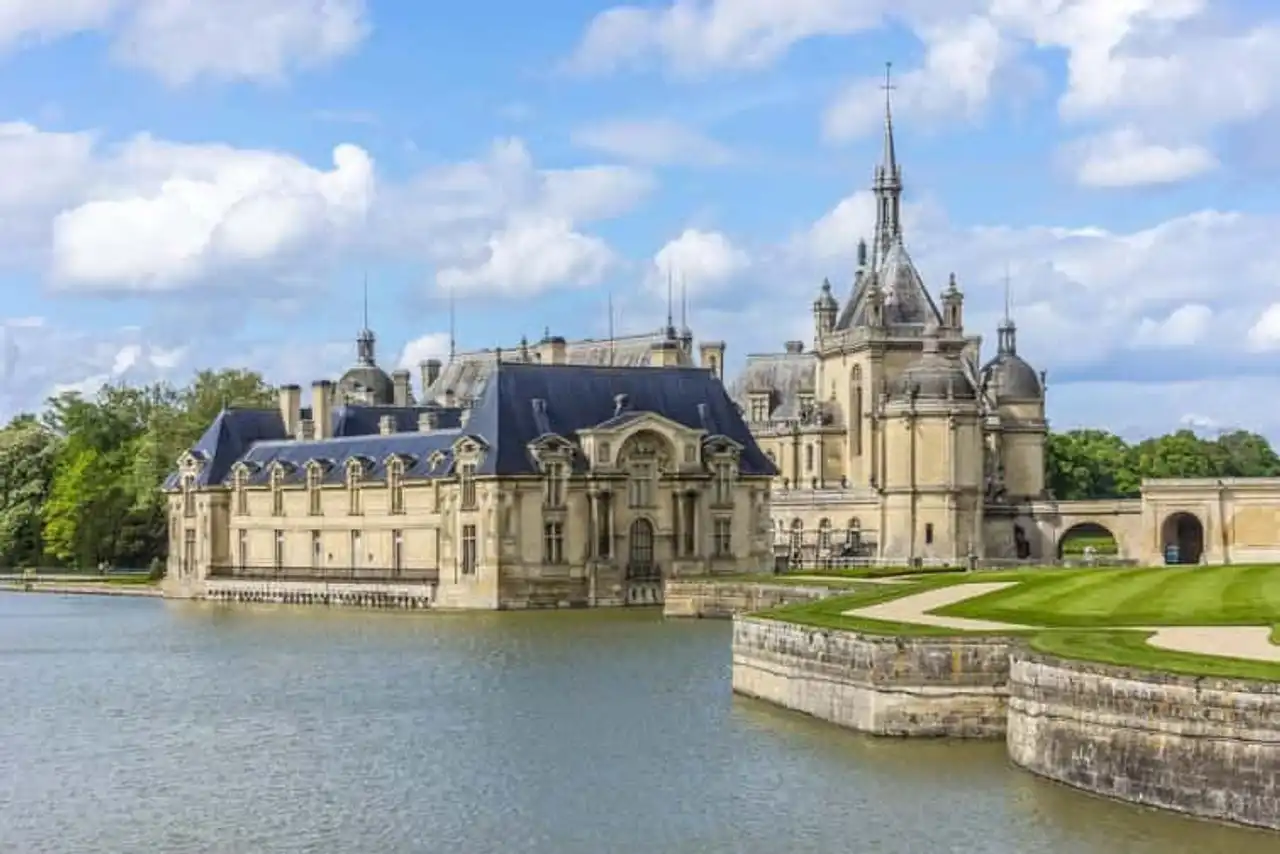
Photo credit: Shutterstock – Kiev.Victor
The city of Chantilly makes her talk about her famous whipped cream and hippic activities. Chantilly’s Hippodrome welcomes 40,000 visitors every year. All come to attend the prize of the Jockey Club and the prize of Diane, 42 days of successive dish races. But the commune of Oise also shines thanks to its noble past.
The Château de Chantilly , rebuilt on the plans of Honoré Daumet by Henri d’Orléans, is a must-see in the Hauts-de-France. Domaine des familles Montmorency et Condé, this magnificent building is also the residence of the Condé Museum and the Grandes Écuries. Between horse shows and cultural tours, Chantilly offers a very rich tourist repertoire for your holidays.
13. Scarpe-Escaut Regional Natural Park
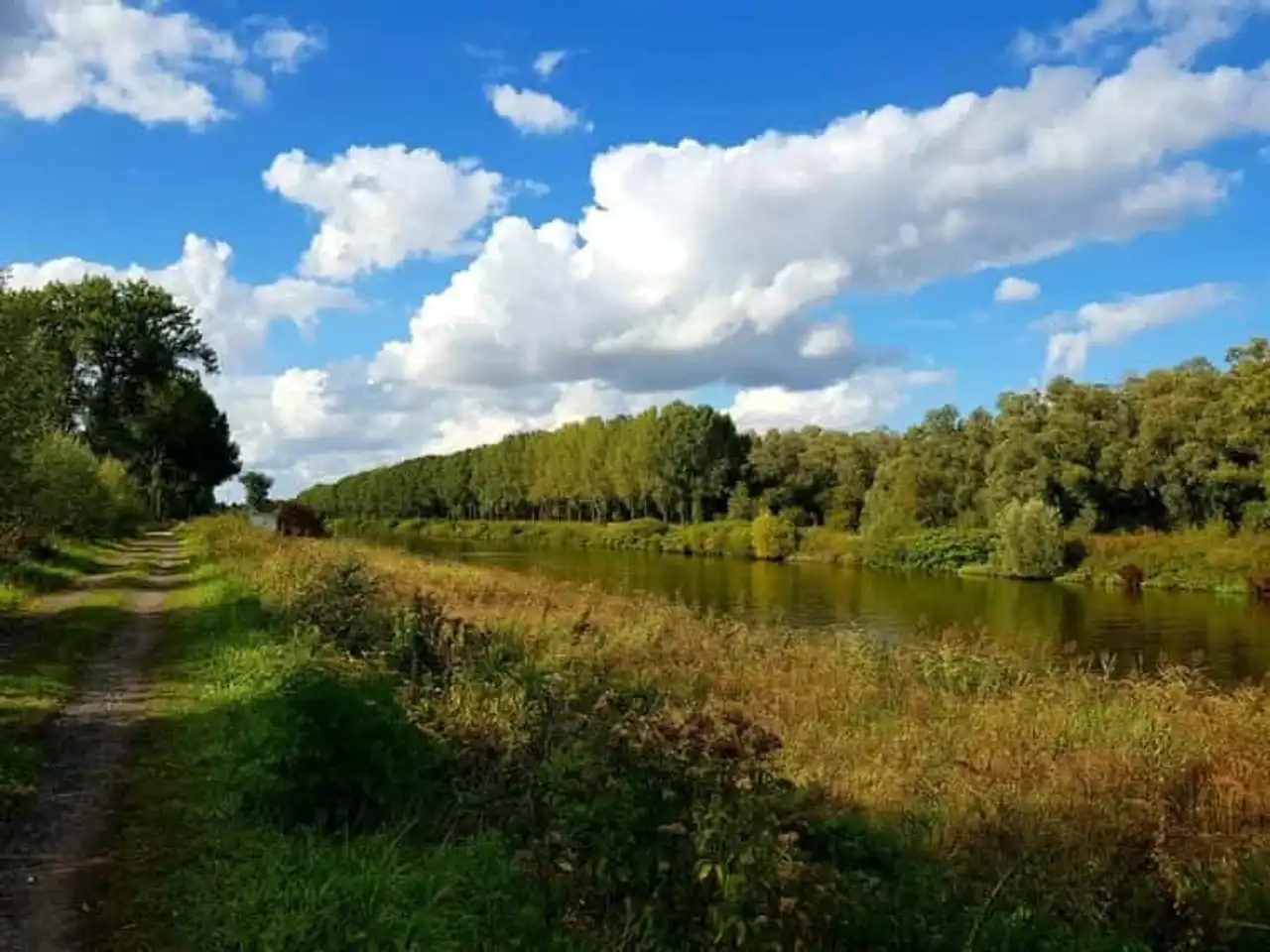
Photo credit: Facebook
Scarpe-Escaut is the first regional natural park in France. Created in 1968, this reserve is renowned for its bocage and local products (his leather, hive honey or bovine meat). The park also has former industrial heritage terrils in the region, which contribute to the preservation of its ecosystem.
14. The Familister of Guise
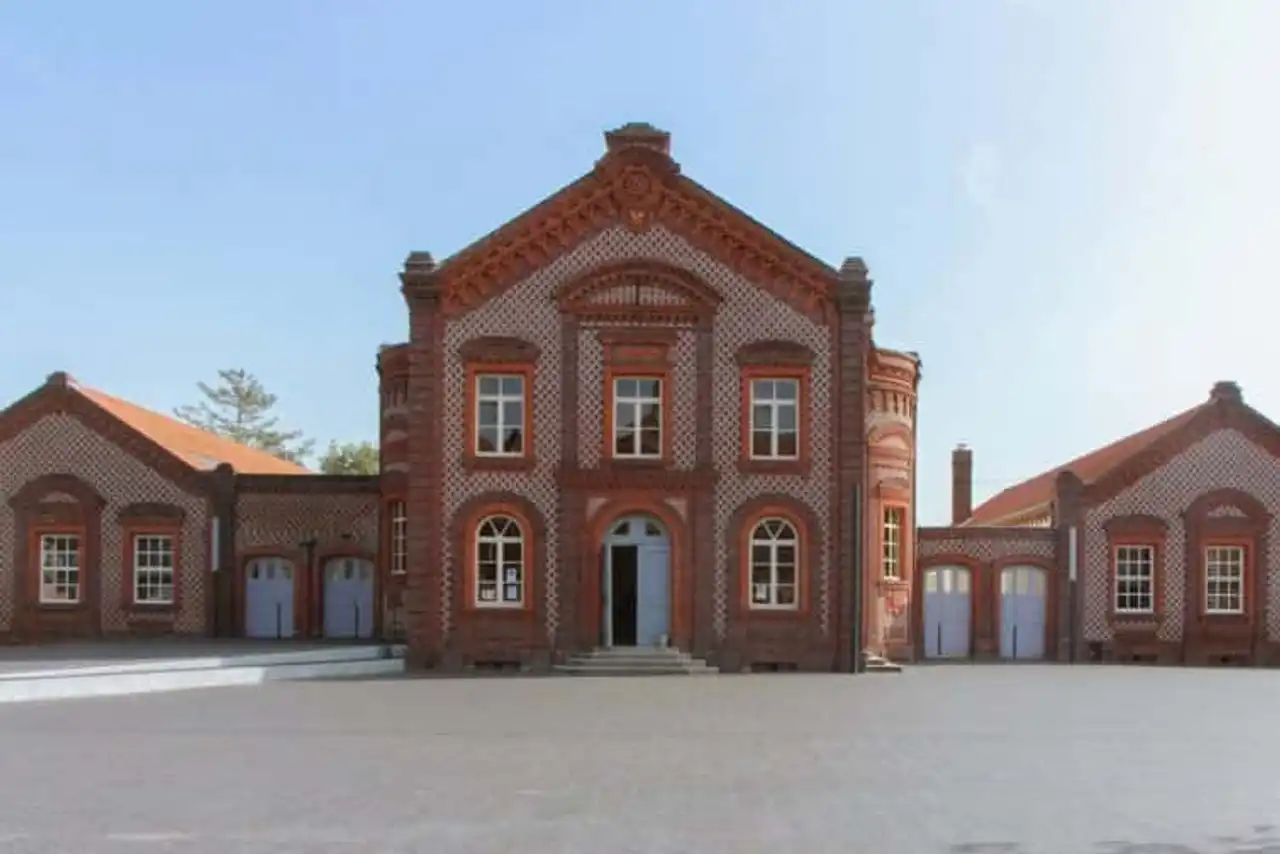
Photo credit: Shutterstock – Mathilde Marest
On the will of Jean-Baptiste André Godin, this building was built to bring better housing conditions to the workers. A true industrial complex, the Familister also brings together a palace social , a building of economats, a school and a theatre, a laundry room, baths and a swimming pool. This site remains a happy memory of the industrial past of the Hauts-de-France.
15. The Matisse Museum of Cateau-Cambrésis
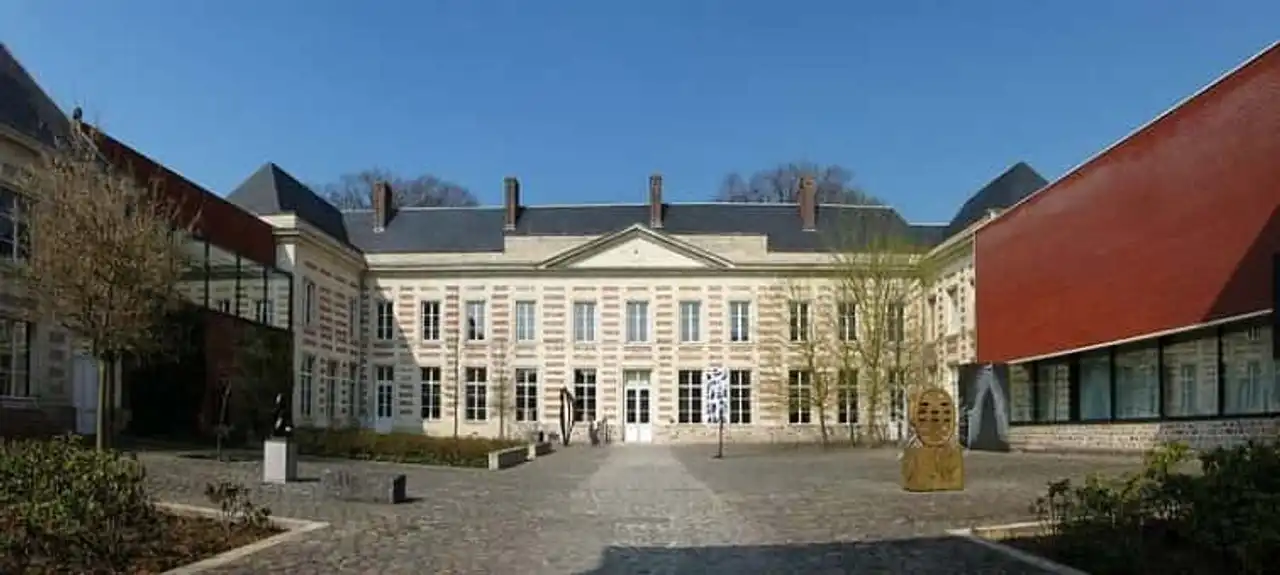
Photo credit: Wikipedia – Velvet
Among the many artists who resided in the Hauts-de-France, Henri Matisse is at the top of the list. The Fauuvist painter created in 1952 a museum at the Fénelon Palace in Le Cateau-Cambrésis. He donated 82 of his works to his native commune. A collection that enriches over time thanks to its heirs. This museum, discreet and less known to the public, is a place not to be missed in the Hauts-de-France.
16. The village of Gerberoy
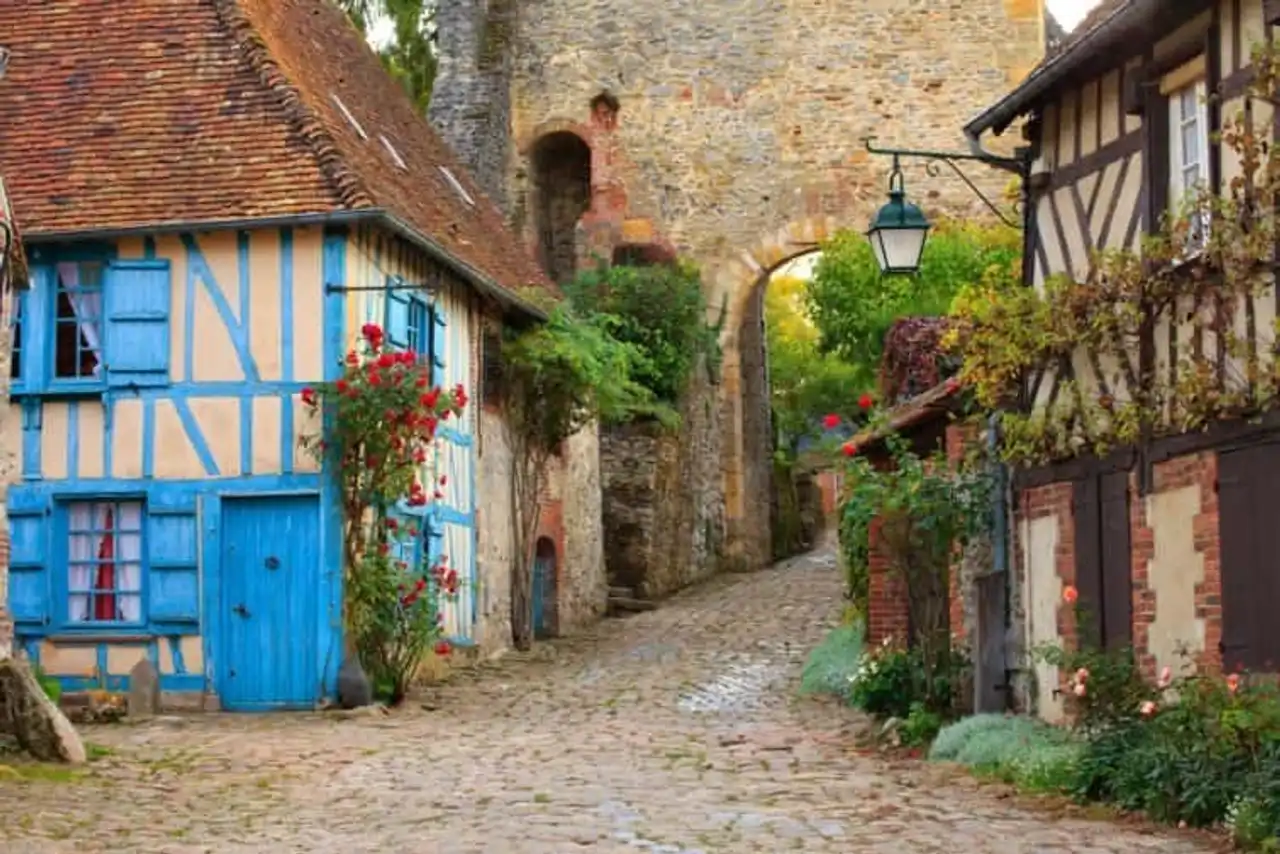
Photo credit: Shutterstock – André Quinou
Flower Power in the Hauts-de-France. Figured in time, Gerberoy is considered as the one of the most beautiful French villages . With less than 100 inhabitants, it is nicknamed the village with a thousand roses .
You will have understood it, the rose is the symbol of this corner of paradise. On the other hand, this small city of Oise also draws its great popularity of the painter Le Sidaner, with its 25 varieties of flower gardens.
17. The pit 9-9 bis
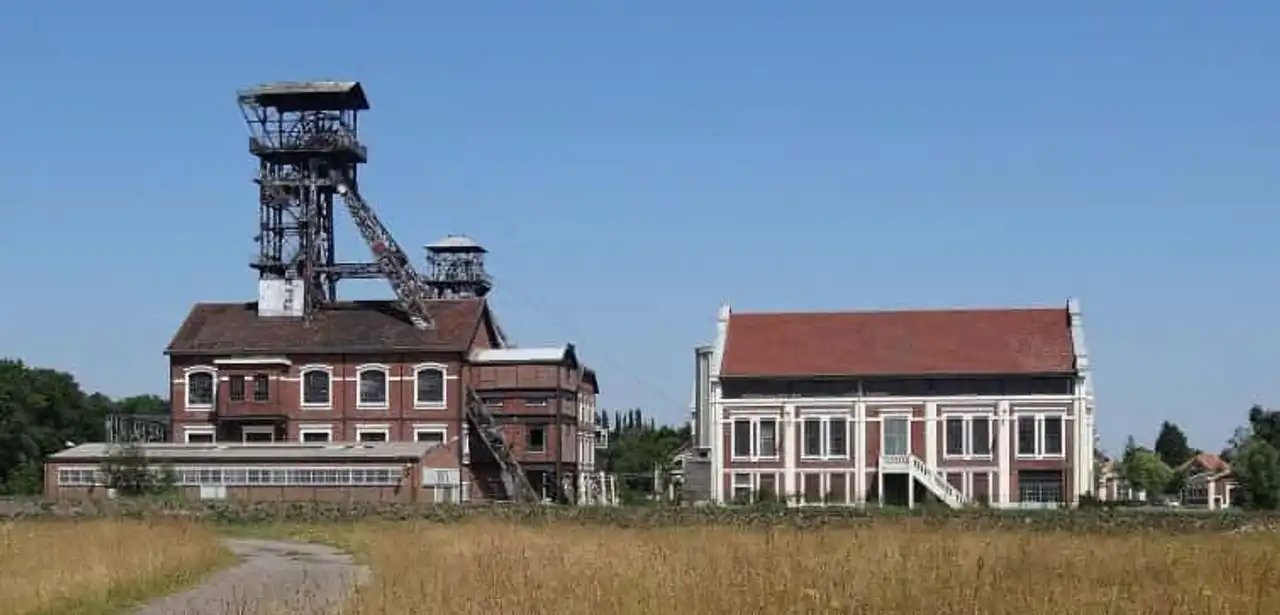
Photo credit: Wikipedia – Jérémy-Günther-Heinz Jähnick
Let us return to the industrial heritage of the Hauts-de-France. The pit 9-9 bis, located in Oignies, is one of the five major sites in the region. It gathers the pit, the garden city De Clercq and the terril 110. In December 1990, while its destruction was envisaged, the pit tile was finally saved by the association Accusto Seci, composed of former miners and enthusiasts.
This vestige of the industrial revolution plays an important role in mining memory and is part of the UNESCO world heritage.
18. Carnivals
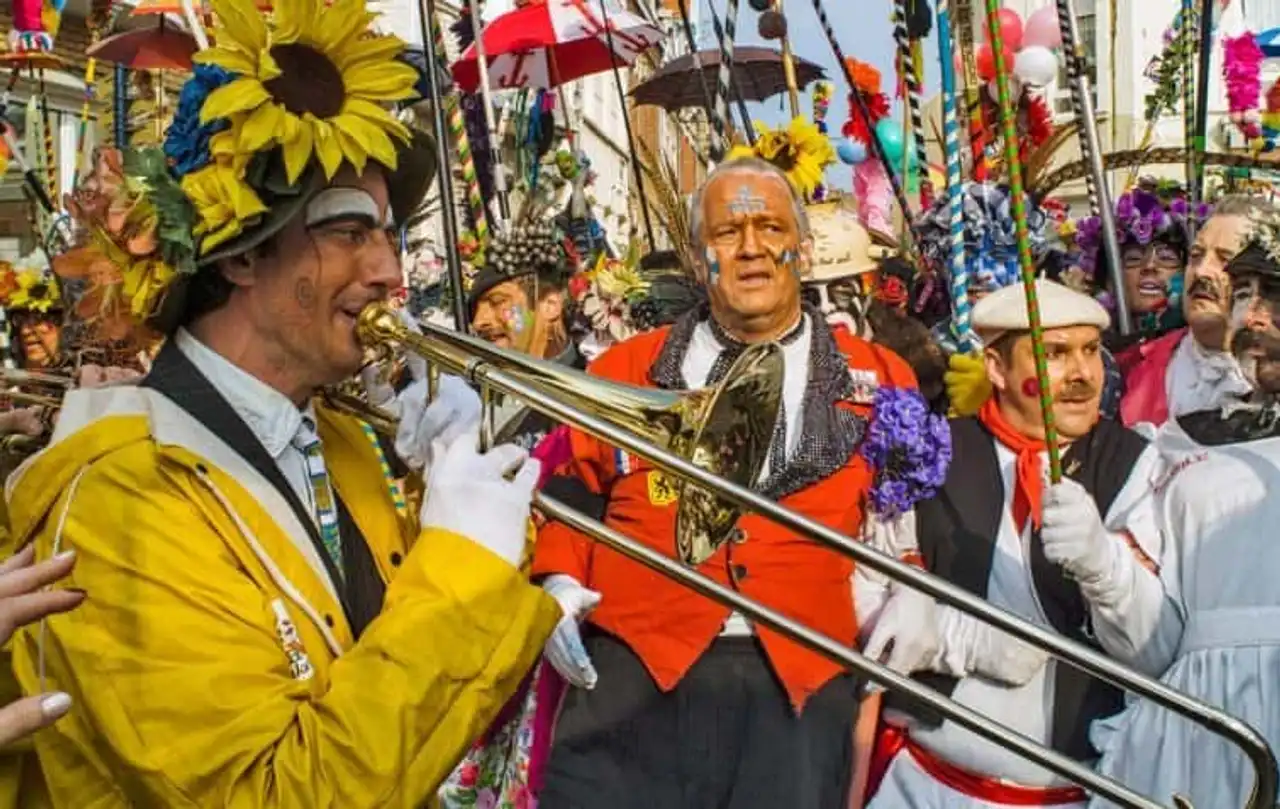
Photo credit: Shutterstock – Hector Christiaen
To conclude, why don't we end up with festivities? The Hauts-de-France are renowned for their celebrations in harmony with the customs and traditions of the region.
In Dunkirk, around Mardi Gras, the inhabitants gather in the streets behind the band fanfare of the drum-major. Then, the carnivals find themselves at night in large agglomerations rooms to celebrate traditional music and contemporary songs.
In Bailleul, the whole celebration is the creation of the Philanthropic Society. It is based on the account of the epicurean giant Gargantua. It is this figure that sounds the beginning of the feast and marks its particularity: the carnival of Bailleul is renowned for its giants on chariot!
How do I go to the Hauts-de-France?
- Aircraft : The Hauts-de-France region is located in the center of three European countries: France, France Belgium and United Kingdom. On the other hand, it also allows access to 5 European capitals. Its most important airports are located in Lille and Amiens. Use a flight comparison like Skyscanner to find the corresponding flight for your stay;
- Train : In TGV, the Hauts-de-France are accessible via the stations of Lille, Valenciennes, Arras, London and Brussels ;
- Bus : Bus circuits are set up and cross the entire region, on the territories of the North, Pas-de-Calais, Oise, Aisne and Somme;
- Car : The area is also accessible by highways A1 and A29.
Where to stay in the Hauts-de-France?
Of course, based on an entire region offers a lot of housing options. If you want to find a hotel, try it Hotel Beaudon or Hotel Le Régent .
Holiday homes, campsites, or Airbnb also offer to you, like the Gîte du Vieux Noyer in Villers-Faucon or the Camp des Roses in Aubers. Les Hauts-de-France is absolutely no choice to spend your holidays in picturesque accommodations. And if you have a doubt, use one Compare hotels .
You are ready to visit the Hauts-de-France! Pack your bags and take your most beautiful shots!





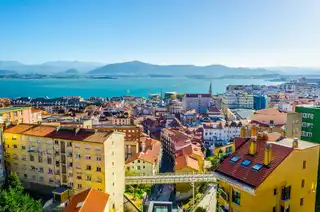
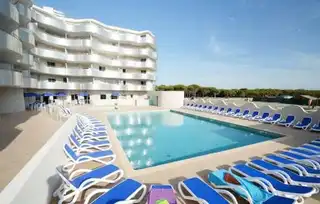
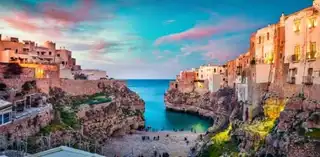
Loading comments ...